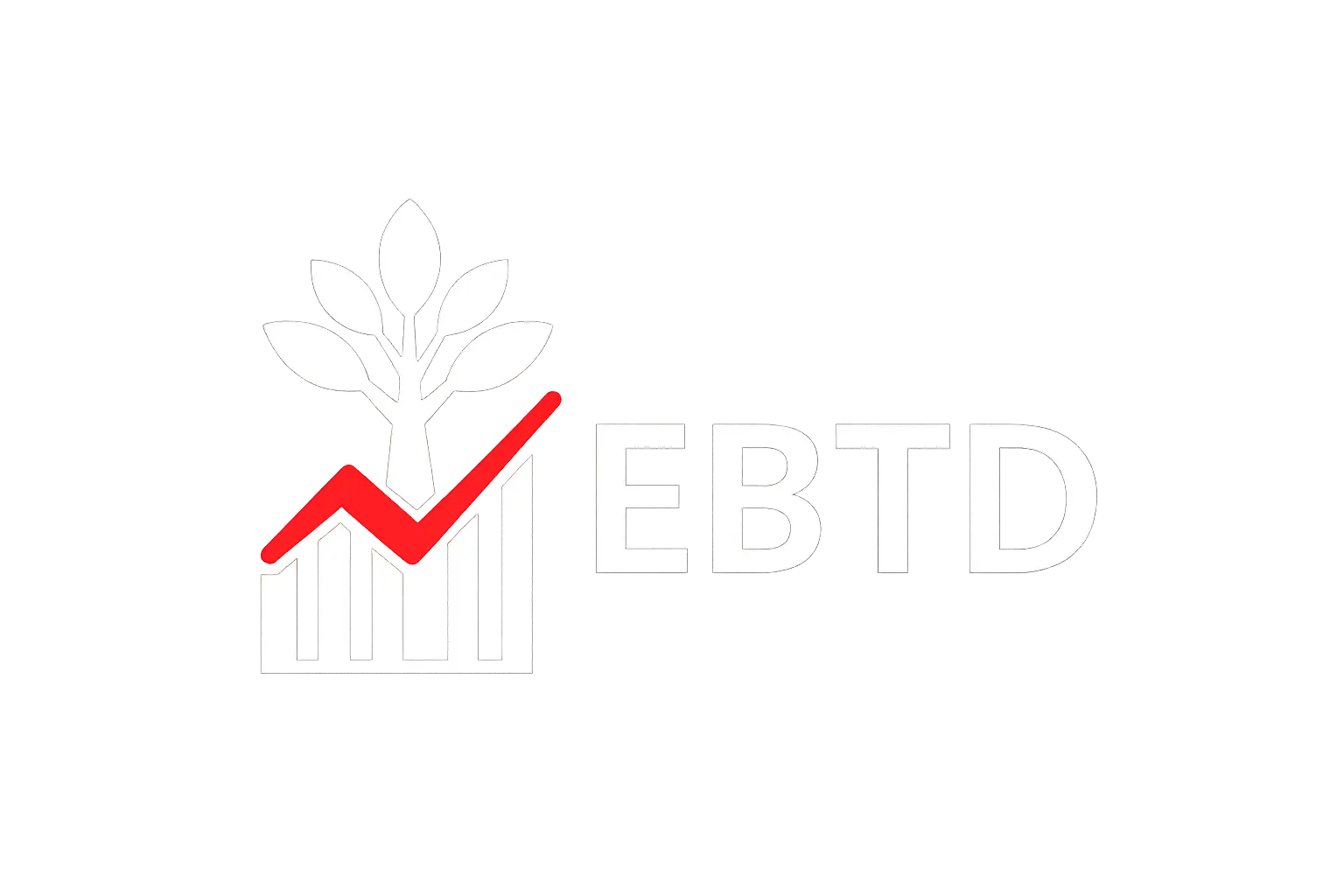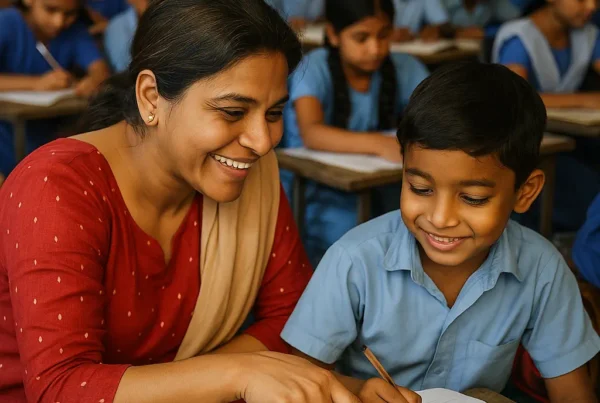From “I Do” to “You Do”: Why Every Teacher in Bangladesh Needs the Gradual Release of Responsibility Strategy
Imagine standing in front of your class, eager to teach something challenging. Do you explain it once and then expect pupils to master it alone? Or do you guide them step by step until they can do it confidently?
This is where the Gradual Release of Responsibility (GRR) comes in. Often called “I Do – We Do – You Do”, it’s a powerful, research-backed framework that helps teachers move students from dependence on the teacher to independent mastery. It works with children as young as three and with young adults preparing for university.
The Evidence Behind GRR
GRR isn’t just common sense—it is grounded in decades of educational research:
-
Cognitive Load Theory shows that novices learn best when given worked examples before tackling problems alone. Modelling reduces unnecessary mental load and makes space for true understanding.
-
Rosenshine’s Principles of Instruction, used widely in the UK, mirror GRR: teachers should present new material in small steps, model clearly, provide guided practice, and then ensure plenty of independent work.
-
The Education Endowment Foundation (EEF) recommends explicit teaching and scaffolding as effective across subjects—from phonics in early years to mathematics and science in secondary.
-
Internationally, governments in Australia and Canada have embedded GRR as official policy for effective classroom practice.
The message is clear: this is not a passing fad. It’s a method that consistently improves learning outcomes.
Why It Matters for Bangladesh
Teachers in Bangladesh face classes that are often large, diverse in ability, and full of students who may not receive extra support at home. In such environments, clear, structured, and well-scaffolded teaching is essential. GRR helps by:
-
Giving weaker students the confidence to engage.
-
Allowing stronger students to deepen their understanding by explaining during the “We Do Together” phase.
-
Ensuring no student is left behind before responsibility is released.
The Four Phases of GRR
1. I Do (Modelling)
The teacher takes centre stage, showing exactly what good performance looks like. This is not just telling—it’s thinking aloud, making invisible processes visible.
Examples:
-
Early Years (EYFS): Teacher demonstrates how to blend sounds into words, moving counters as they say each sound.
-
Primary: Teacher solves a long multiplication problem step by step, explaining each decision.
-
Secondary: In history, teacher plans and writes a model paragraph under a visualiser, narrating why they chose certain evidence.
2. We Do (Guided Practice)
Here the class works together with the teacher, gradually taking more of the workload.
Examples:
-
EYFS: Pupils blend words chorally with the teacher’s support.
-
Primary: Teacher and pupils co-solve a fraction problem, pupils filling in missing steps.
-
Secondary: Science teacher pauses during an experiment demo, asking the class to predict the next step before continuing.
3. You Do Together (Collaborative Practice)
Students try the task in pairs or groups, with the teacher circulating to prompt and give feedback.
Examples:
-
Primary: In reading, pairs annotate a short passage together, discussing vocabulary.
-
Secondary: Pairs in maths attempt a proof, comparing reasoning before writing it down.
4. You Do (Independent Practice)
Now pupils work alone, applying what they have learned. Success criteria are clear, and feedback follows.
Examples:
-
EYFS: Child writes a CVC word independently on a whiteboard.
-
Primary: Pupils independently solve a set of long multiplication questions.
-
Secondary: Students write a full essay answer under exam conditions.
Non-Negotiables of GRR
To implement GRR effectively, some things are non-negotiable:
-
Modelling is explicit. Don’t just set the task—show how to do it, thinking aloud.
-
Guided practice is not skipped. Pupils must rehearse with you before being expected to fly solo.
-
Checks for understanding drive progress. Only move on when most of the class are secure.
-
Scaffolds are temporary. They must fade over time so pupils build independence.
-
Flexibility is essential. GRR is not a one-way conveyor belt. If pupils struggle, loop back to “We Do.”
Adapting GRR to Your Students
Not every class is the same. Some groups may need more time in guided practice, while others may be ready for independence more quickly. Consider:
-
Age: Younger learners thrive on repetition; older learners need more collaborative problem-solving.
-
Ability: High-attainers may move faster to “You Do Together”; struggling pupils may spend more time in “We Do.”
-
Class size: In larger classes, use mini-whiteboards to check everyone before releasing responsibility.
Step-by-Step Guide to Using GRR in Your Classroom
-
Plan the phases. Before teaching, identify: What will I model? Where will I guide? Where will pupils work in pairs?
-
Script your modelling. Plan your think-aloud: what decisions will you explain? Where will you show common mistakes?
-
Design hinge questions. Use quick checks during “We Do” to decide if you can move on.
-
Structure collaboration. Give clear roles in pair/group work so everyone participates.
-
Release gradually. Let pupils attempt independence only when secure.
-
Loop back if needed. If pupils struggle, return to modelling with a new example.
-
Review and revisit. End with a plenary or retrieval practice task to reinforce learning.
Final Thoughts
Teaching is complex, but some strategies give us clarity and confidence. GRR is one of them. By consistently planning lessons that move from I Do → We Do → You Do Together → You Do, teachers in Bangladesh can help pupils of every age and background to achieve independence in learning.
It is not about handing over control too soon—or holding it for too long. It is about guiding your pupils to the point where they can proudly say: “Now I can do it myself.”





